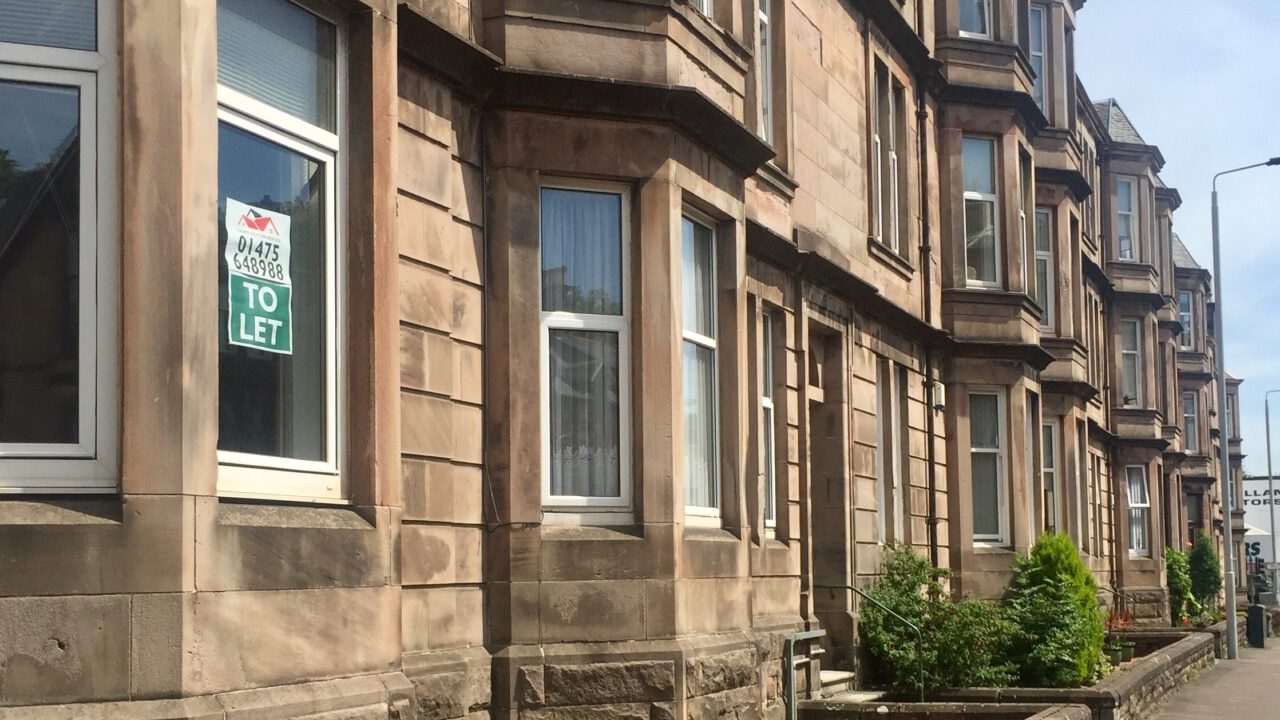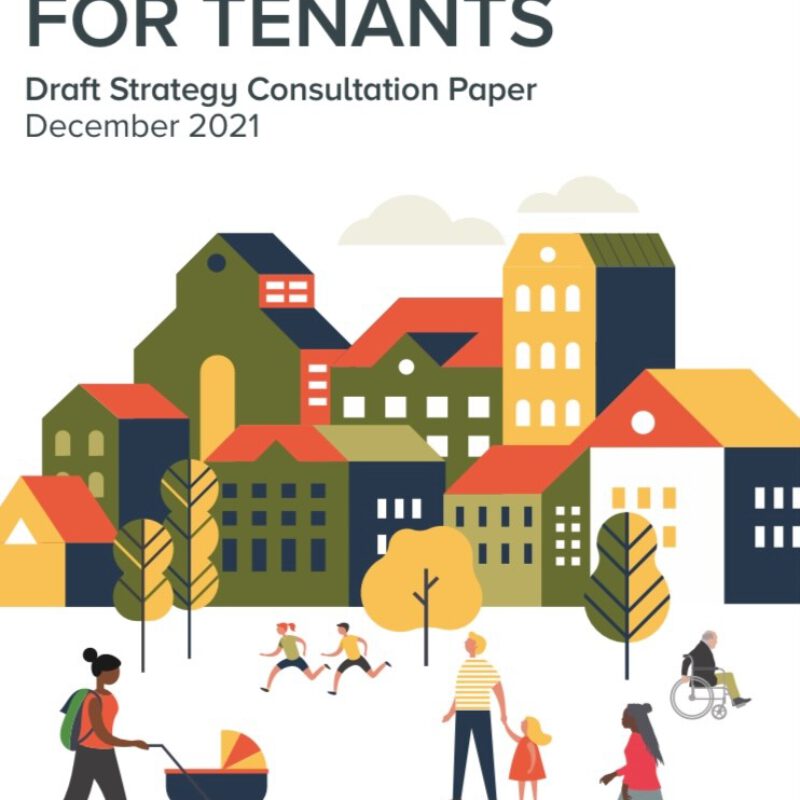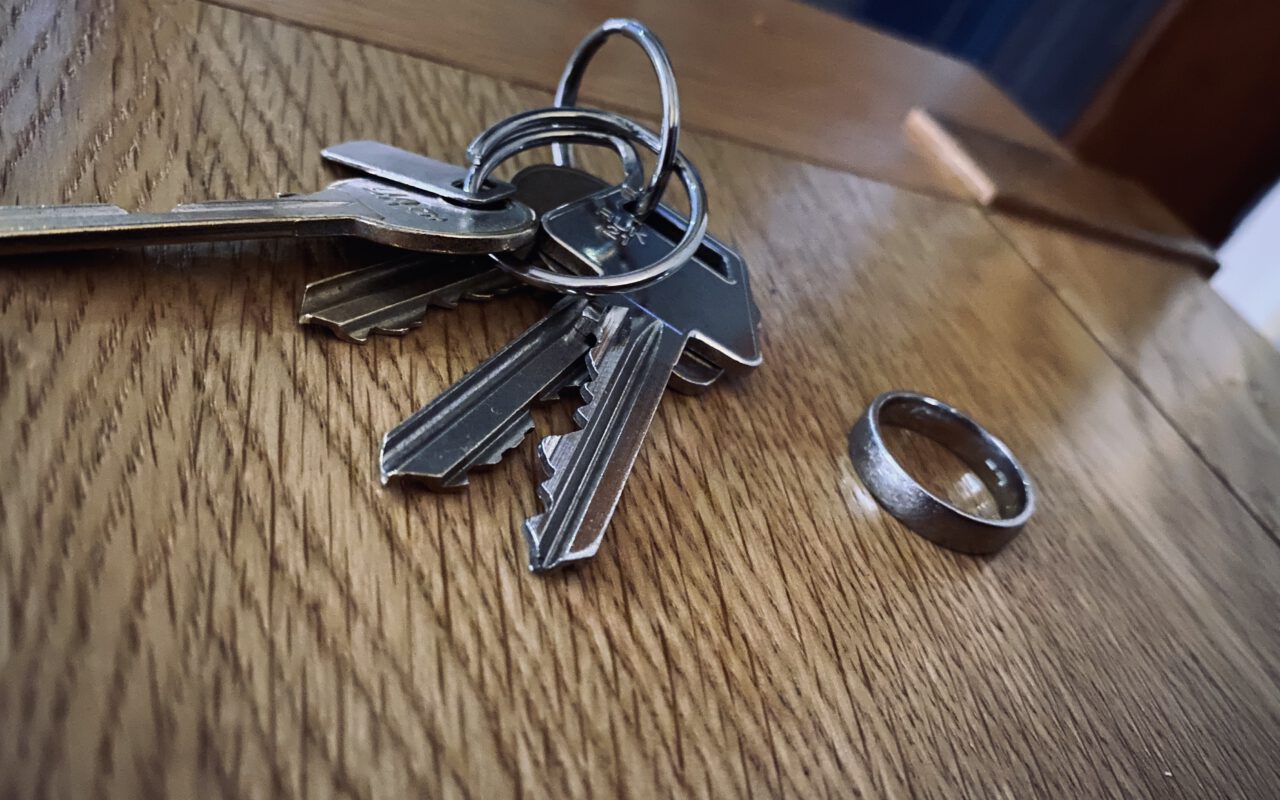Last year the Scottish Parliament passed The Private Housing (Tenancies) (Scotland) Act 2016 setting out a new regime for Private Residential Tenancies replacing the existing framework of Assured and Short Assured Tenancies under the Housing (Scotland) Act 1988. The driving force behind the Act was the perceived need to protect tenants in a growing Private Rented Sector and give them security of tenure similar to the rights enjoyed by tenants in the Social Sector. The key change was the removal of a landlord’s automatic right to recover possession under a Short Assured Tenancy by giving 2 months’ notice. The introduction of the new regime was delayed and it’s now expected to take effect from 1st December 2017.
No need to panic! Existing tenancies and all tenancies created prior to the commencement of the new Act will continue to operate in the current regime and the ability to recover possession by giving two months’ notice will be preserved. All tenancies created after the commencement will, subject some exceptions, be Private Residential Tenancies (PRTs) under the 2016 Act.
What are the key changes?
- A Model Tenancy Agreement will be introduced with mandatory and optional clauses.
- The need for preliminary Notices such as an AT5 will no longer be necessary, but use of the Tenant Information Pack (TIP) will continue.
- Tenancies will no longer have a specified duration or an end date and, therefore, a Notice to Quit is no longer necessary.
- There will be a mechanism for imposing rent increases at intervals of not more than once a year.
- Local Authorities can apply to the Scottish Ministers to have an area designated as a “rent pressure zone” resulting in a cap on how much rents are allowed to increase for existing tenancies each year in that area. This is likely to apply to only a few housing “hot-spots”.
- Tenancy disputes, including actions for recovery of possession, will no longer be dealt with by the Sheriff Court and will come under the jurisdiction of the new First Tier Tribunal (Housing & Property Chamber).
- The Tribunal will have a wide range of powers including the ability to make a Wrongful Termination Order. This applies where the tenant has been misled into leaving the property or the Tribunal has been misled into granting an order. The Tribunal has the power to award damages of up to six months’ rent.
Ending the Tenancy
A tenant can end the tenancy by giving 28 days’ notice in writing. This period can be reduced by agreement.
A landlord can only end the tenancy by using one of the 18 grounds for eviction, which include mandatory and discretionary grounds. This is done by serving a Notice to Leave. A minimum of 28 days’ notice is required, but 84 days’ notice is needed under certain grounds. There are 8 mandatory grounds which include:-
- The landlord intends to sell the property – acceptable evidence could include a letter from a Solicitor or Estate Agent.
- The let property is being sold by a lender – this applies where the mortgage provider wants to repossess.
- The landlord intends to refurbish the property – this only applies if the work is so disruptive that the tenant cannot remain in occupation. Examples of evidence could include Planning Permission or a contract with an Architect or Builder.
- The landlord intends to live in the property – acceptable evidence would include an Affidavit (a sworn Statement) stating the landlord’s intention to return.
- The tenant has a relevant criminal conviction – this involves using the property for illegal reasons, or committing a crime within or near the property.
There are 8 discretionary grounds which include:-
- The landlord’s family member intends to live in the property
- The tenant has breached a term of the Tenancy Agreement -other than rent
- The tenant has engaged in anti-social behaviour
There is also a specific ground dealing with non-payment of rent. This ground can either be mandatory or discretionary. It applies if the tenant has been in arrears of rent for three or more months in a row. If the tenant has outstanding arrears of at least one month by the day of the Tribunal Hearing the ground is mandatory and the Tribunal must order eviction, unless the arrears relate to delay or failure in the payment of a relevant benefit. If the tenant owes less than a month’s rent (or is no longer in arrears) the ground is discretionary and the Tribunal will decide whether it is reasonable to evict.
Under the existing framework mandatory grounds exist if there are more than 3 months’ arrears both at the date of the Notice (AT6) and at the hearing date. The new mandatory ground goes some way to compensating for the loss of automatic recovery but under the current wording of the Act it will be necessary to wait until 3 months have elapsed before a Notice to Leave can be served. That being so there could potentially be up to 4 months’ arrears outstanding before a landlord can begin proceedings before the Tribunal.
A change for the good?
The new Act was under consultation for an extended period and initially concern was expressed from landlord groups that the removal of the automatic right to recover possession would deter investors from entering or remaining in the market. Now the dust has settled the new regime appears to have the support of pressure groups representing both landlords and tenants, and we can all look forward to its introduction.
The Scottish Government has published information for tenants https://beta.gov.scot/publications/private-residential-tenancies-tenants-guide/ and for landlords https://beta.gov.scot/publications/private-residential-tenancies-landlords-guide/.
If you have any specific issues or questions contact our tenancy specialist Ken Caldwell on kenc@patten.co.uk .








